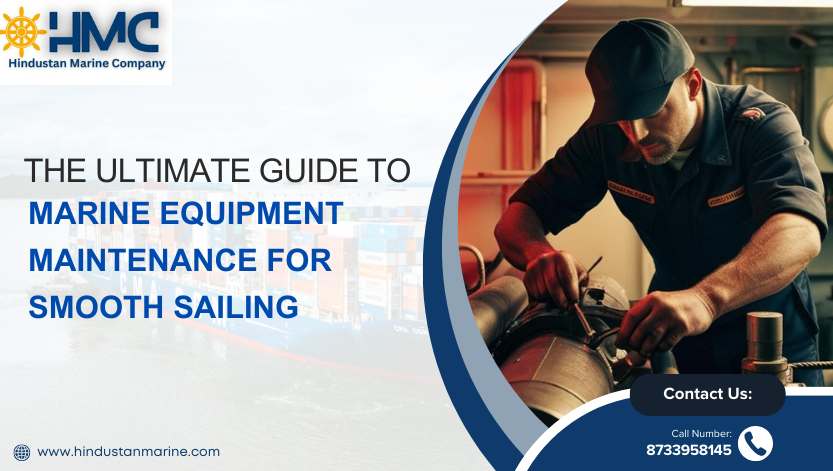
The Ultimate Guide to Marine Equipment Maintenance for Smooth Sailing
Marine equipment maintenance is the cornerstone of safe, efficient, and long-lasting maritime operations. Whether it’s a cargo ship, a fishing vessel, or a luxury yacht, proactive care of engines, electronics, and automation systems is crucial. Early attention to routine servicing can save lakhs in breakdown repairs. Systems like Marine Automation Equipments help you monitor critical functions to prevent failures before they occur.
As per a 2024 report by Allied Market Research, the global marine maintenance market is projected to surpass USD 6.3 billion by 2027, indicating the growing focus on proactive marine care.
What is Marine Equipment Maintenance?
Marine equipment maintenance refers to scheduled and corrective tasks performed on ship machinery, control systems, navigation tools, and safety gear to keep vessels seaworthy and compliant with international standards like IMO, SOLAS, and ISO 9001.
Types of Marine Maintenance
1. Preventive Maintenance
Performed at regular intervals, it includes:
- Lubrication of moving parts
- Cleaning filters
- Checking battery levels
- Replacing worn-out seals or parts
2. Predictive Maintenance
Uses sensor data from marine automation systems to predict failures in components like:
- Engine control units
- Fuel pumps
- Propulsion systems
3. Corrective Maintenance
This is reactive and includes:
- Fixing emergency engine issues
- Replacing burnt fuses or circuit boards
- Emergency welding or hull repair
Key Areas That Need Regular Marine Maintenance
Engine and Propulsion System
Neglect here can lead to mid-sea failures. Key tasks include:
- Oil and coolant checks
- Exhaust system inspection
- Shaft alignment testing
Electrical Systems
Includes marine batteries, alternators, and wiring:
- Check corrosion on terminals
- Test charging systems
- Replace frayed wires
Navigation & Communication Equipment
Systems like radar, GPS, AIS:
- Update software
- Calibrate sensors
- Clean lenses and screens
Hull and Deck Equipment
Saltwater causes surface wear and corrosion:
- Check for cracks or dents
- Apply anti-fouling paint
- Inspect anchor systems
Tools and Technologies to Simplify Maintenance
- CMMS (Computerized Maintenance Management Systems)
Helps track tasks, deadlines, and service records. - Marine Automation Equipments
Marine Automation Equipments offer real-time monitoring, diagnostics, and alerts for essential ship functions. - Infrared Thermography & Ultrasound Sensors
Used to detect overheating or bearing failure.
Benefits of Proper Marine Equipment Maintenance
- Reduces Risk of Downtime
Predictable operations even during long voyages. - Improves Equipment Lifespan
Components like engines, pumps, and navigation gear last longer. - Enhances Crew Safety
No one wants failures in the middle of high tides or storms. - Regulatory Compliance
Avoid fines and delays by adhering to IMO, SOLAS, and flag state laws.
Maintenance Checklist: Monthly & Seasonal
| Time Frame | Key Actions |
| Monthly | Engine oil change, check bilge pump, battery inspection |
| Every 3 Months | Propeller check, corrosion control, automation system diagnostics |
| Bi-annually | Hull cleaning, repainting, valve replacements |
| Annually | Overhaul of engines, safety drills, software updates |
Latest Trends in Marine Maintenance (2025)
- Remote Diagnostics:
Real-time alerts sent to engineers onshore for better planning. - AI-Based Condition Monitoring:
Algorithms predict engine wear, saving time and money. - Eco-Friendly Maintenance Solutions:
Bio-degradable oils, zero-VOC paints, and corrosion-resistant composites.
Conclusion
Efficient marine equipment maintenance is not just a best practice—it’s a necessity. Whether it’s using cutting-edge Marine Automation Equipments or maintaining routine checklists, a proactive approach ensures performance, compliance, and crew safety. Stay ahead of costly repairs by investing time in regular inspections, smart tools, and expert servicing.
FAQs – People Also Ask
1. Why is marine equipment maintenance important?
It ensures the vessel’s safety, compliance with marine laws, operational efficiency, and long-term cost savings.
2. What are Marine Automation Equipment?
These are control and monitoring systems used in ships to automate engine, fuel, and electrical systems and predict failures.
3. What is the difference between preventive and predictive maintenance?
Preventive is scheduled and manual, while predictive uses sensors and data to forecast issues.
4. How often should marine equipment be serviced?
Basic servicing should be done monthly, with more thorough inspections every 3 to 6 months.
5. What happens if maintenance is ignored?
It leads to engine failures, legal penalties, unsafe conditions, and financial losses due to downtime.

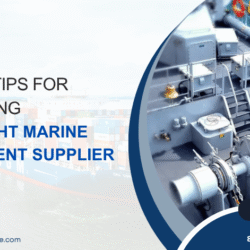
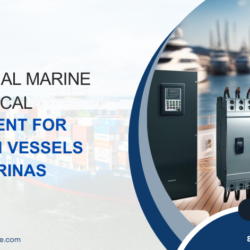
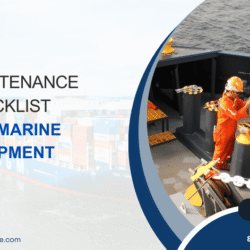
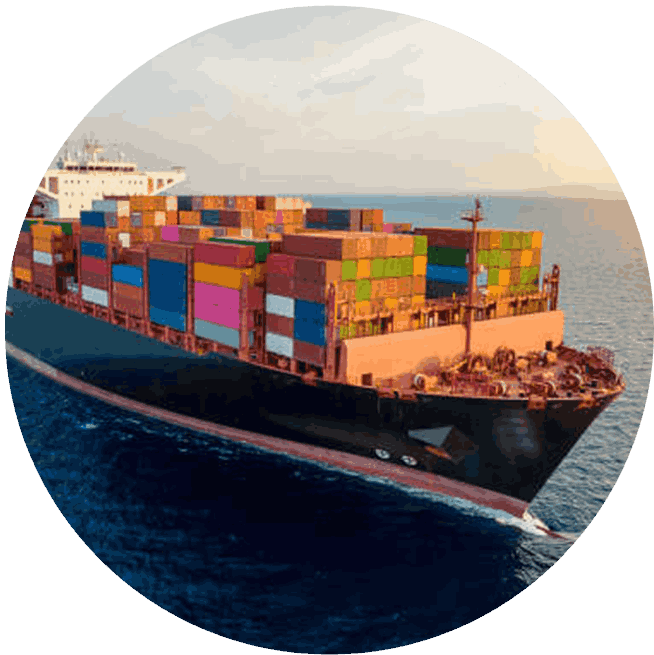
 Fast Delivery
Fast Delivery Easy Returns
Easy Returns Instant Quote
Instant Quote Product Demo
Product Demo